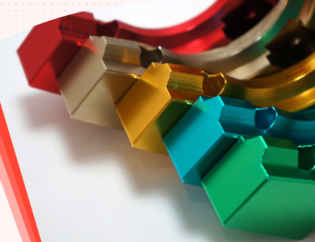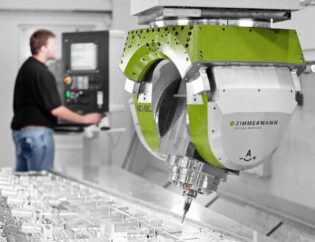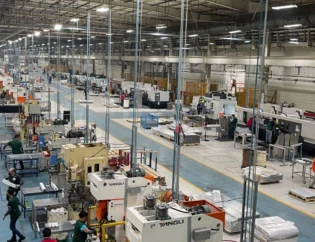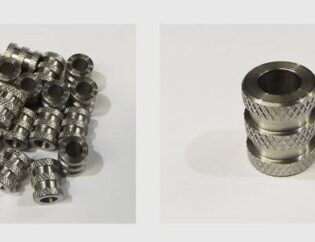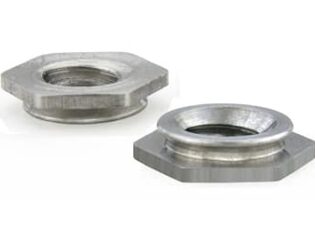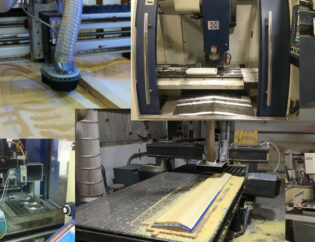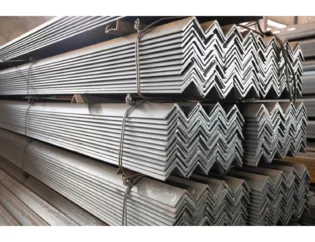Custom aluminum fabrication is a vital process in various industries, offering tailored solutions that meet specific design and functional requirements. This guide delves into the intricacies of aluminum fabrication, emphasizing its significance in enhancing product performance and durability.
Readers will explore the fundamental techniques, tools, and materials involved in the fabrication process. Additionally, the guide will cover best practices, common applications, and innovative trends shaping the future of aluminum fabrication.
By the end of this guide, readers will gain a comprehensive understanding of custom aluminum fabrication, empowering them to make informed decisions for their projects. Whether you are a novice or an experienced professional, this resource will enhance your knowledge and skills in this essential field.
Custom Aluminum Fabrication: A Comprehensive Guide
Metals provide organizations across every industrial sector with the high tensile strength and durability required of specific parts or components. Aluminum is one of the more popular metals used in parts fabrication. This means you are highly likely to require aluminum fabrication services to meet your industrial goals. If the weight of the assembly is critical to your design, aluminum is likely your best choice.
Understanding Aluminum Fabrication
Aluminum fabrication is the process of transforming raw aluminum into finished products. This involves various techniques such as cutting, bending, welding, and assembling. The versatility of aluminum makes it suitable for a wide range of applications across industries, from aerospace to automotive and healthcare.
Technical Features of Aluminum Fabrication
Aluminum is favored for its lightweight, corrosion resistance, and excellent strength-to-weight ratio. Below is a comparison of key technical features of aluminum fabrication:
| Feature | Description |
|---|---|
| Weight | Lightweight, making it ideal for applications where weight is a concern. |
| Corrosion Resistance | Naturally resistant to corrosion, enhancing durability in various environments. |
| Strength-to-Weight Ratio | High strength relative to its weight, allowing for robust designs without excess mass. |
| Machinability | Easily machined, allowing for precise fabrication of complex shapes. |
| Conductivity | Good thermal and electrical conductivity, suitable for various applications. |
Types of Aluminum Fabrication
Different types of aluminum fabrication techniques are employed based on the specific requirements of a project. Here’s a comparison of common types:
| Type | Description |
|---|---|
| CNC Machining | Utilizes computer-controlled machines for precise cutting and shaping. |
| Welding | Joins aluminum pieces using heat; includes methods like MIG and TIG welding. |
| Laser Cutting | Uses focused laser beams to cut aluminum with high precision and minimal waste. |
| Bending | Involves shaping aluminum sheets into desired angles and forms. |
| Assembly | Combines various fabricated parts into a final product, ensuring functionality. |
Applications of Aluminum Fabrication
Aluminum fabrication is widely used across various industries. For instance, the aerospace industry relies on aluminum for constructing lightweight parts such as wings and fuselages. The automotive sector utilizes aluminum for engine components and frames, while healthcare applications include medical devices and equipment.
Industry Insights
- Aerospace: Companies like TFG USA (www.tfgusa.com) utilize aluminum for its lightweight properties, essential for fuel efficiency and performance.
- Automotive: eMachineShop (www.emachineshop.com) offers custom aluminum parts that enhance vehicle performance and reduce weight.
- Healthcare: Star Extruded Shapes (starext.com) provides aluminum components for medical devices, ensuring durability and safety.
- Telecommunications: Valley Metal Works (valleymetalworks.com) fabricates aluminum parts for telecommunications equipment, ensuring reliability and performance.
- Manufacturing: Thieman Manufacturing Technologies (www.tmtfab.com) specializes in custom aluminum fabrication, providing tailored solutions for various industrial needs.
Advantages of Aluminum Fabrication
Aluminum fabrication offers numerous advantages, including:
– Cost-Effectiveness: Aluminum is often more affordable than other metals, making it a popular choice for manufacturers.
– Recyclability: Aluminum is 100% recyclable, contributing to sustainability efforts in manufacturing.
– Versatility: The ability to be formed into various shapes and sizes makes aluminum suitable for diverse applications.
Conclusion
Custom aluminum fabrication is a vital process in modern manufacturing, providing solutions across various industries. With its unique properties and versatility, aluminum remains a preferred material for many applications. Companies like TFG USA, eMachineShop, Star Extruded Shapes, Valley Metal Works, and Thieman Manufacturing Technologies are leading the way in delivering high-quality aluminum fabrication services.
FAQs
1. What is aluminum fabrication?
Aluminum fabrication is the process of transforming raw aluminum into finished products through techniques like cutting, bending, and welding.
2. Why is aluminum preferred in manufacturing?
Aluminum is lightweight, corrosion-resistant, and has a high strength-to-weight ratio, making it ideal for various applications.
3. What industries use aluminum fabrication?
Industries such as aerospace, automotive, healthcare, telecommunications, and manufacturing extensively use aluminum fabrication.
4. How does CNC machining work in aluminum fabrication?
CNC machining uses computer-controlled machines to precisely cut and shape aluminum into desired forms.
5. Can aluminum be recycled?
Yes, aluminum is 100% recyclable, making it an environmentally friendly choice in manufacturing.


